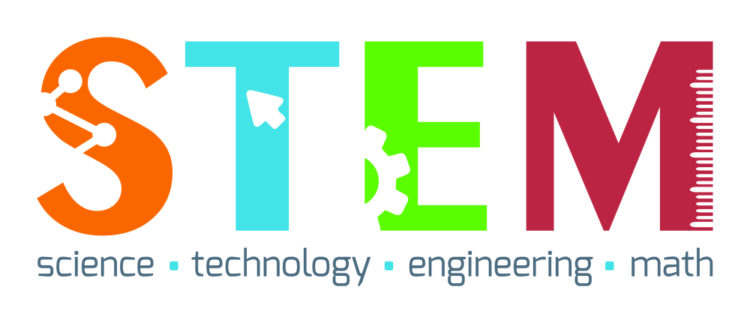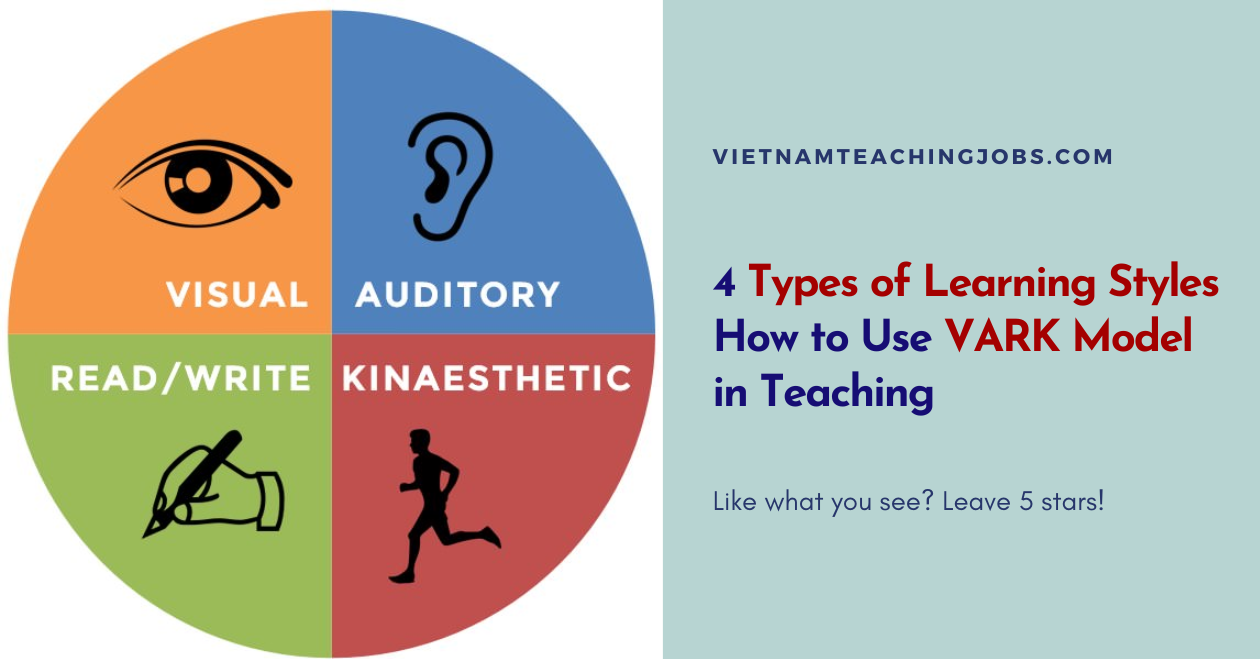In order to establish an organizational approach for teaching a STEM lesson, you need to consider the following characteristics of it as below.
What is STEM learning?
STEM is a compound term from the following English words:
Science (science)
Technology (technology)
Engineering (engineering)
Maths (math)
STEM is an educational model. which teaches children knowledge and skills in the areas of science, technology, engineering and math in an integrated (interdisciplinary) way. It involves linking knowledge of subjects together, combining theory with practice, putting knowledge in a practical context, blurring the boundary between school and society, with the aim to create a close-knit educational environment with high applicability.
What is the meaning of STEM education?
Instead of having to study 4 separate subjects or a problem in one perspective, with the STEM method, children only need to learn a single subject, get used to seeing problems in many views, under many influences. From there, children learn to be able to choose the most suitable solution for the problem.
What are the basic STEM features?
1. A STEM lesson is associated with real-life situations and problems:
The situations or practical issues raised are related to social, economic and environmental issues that need solutions and efforts to be implemented. These practical issues may be relevant to each of the students, local realities, or global issues.
2. STEM lessons are often modeled after the engineering design process:
Students are required to design, manufacture, test, and optimize a product for a defined need in the society. To accomplish those tasks, students can be guided through text, video, etc. or under the direct guidance of teachers. With the guidance and support of the teacher, students will pose problems themselves, which can be to learn the principles of product operation, manufacturing steps, etc., and find solutions. In the process of finding solutions, new ideas and solutions will arise. The design-test-tuning process” is operated continuously.
3. STEM lessons lead students into an open-ended series of exploration and discovery activities.
In STEM lessons, the learning path is open-ended, in a non-binding process. Constraints, if any, are only available materials, or ways of limiting the application conditions of the product. Limiting resources to create products does not limit students’ creativity but increases students’ adaptability and problem-solving ability in specific circumstances.
Featured Job
4. STEM lessons towards career orientation:
STEM activities give students the opportunity to tackle the tasks of STEM careers. It is not easy for students to work in groups, such as implementing a production process, but it provides opportunities for career-oriented education for students. Through STEM activities, students understand the requirements of different careers. STEM, compared with one’s own abilities and strengths, can form attitudes towards future careers.
5. STEM lessons with closely linked math and science content:
In STEM lessons, math and science content should be connected and integrated. Mathematical and scientific knowledge and skills are the foundation for students to get involved in solving problems through engineering tools and coming up with technological processes.
6. STEM Lessons Don’t Have A Single Right Answer
Even “design – test – adjust” is a necessary part of the lesson. Scientific experiments for groups will be held at the same time, maybe the same but not necessarily the same results. Thereby, students can accept similar results or reject a certain hypothesis. The STEM classroom supports students with multiple correct answers and multiple approaches. When it comes to implementing solutions, failing and adjusting are also parts of the STEM lesson. That guides assessment in STEM lessons to ensure that they are process-based and not just outcome-based.
7. STEM lessons aim to develop students’ qualities and abilities.
Through the process of applying knowledge and skills of different fields in STEM education, it will create favorable conditions for students to develop their capacity. Solving practical problems often provides opportunities for students to demonstrate high levels of competence in the process of student’s ability development.





